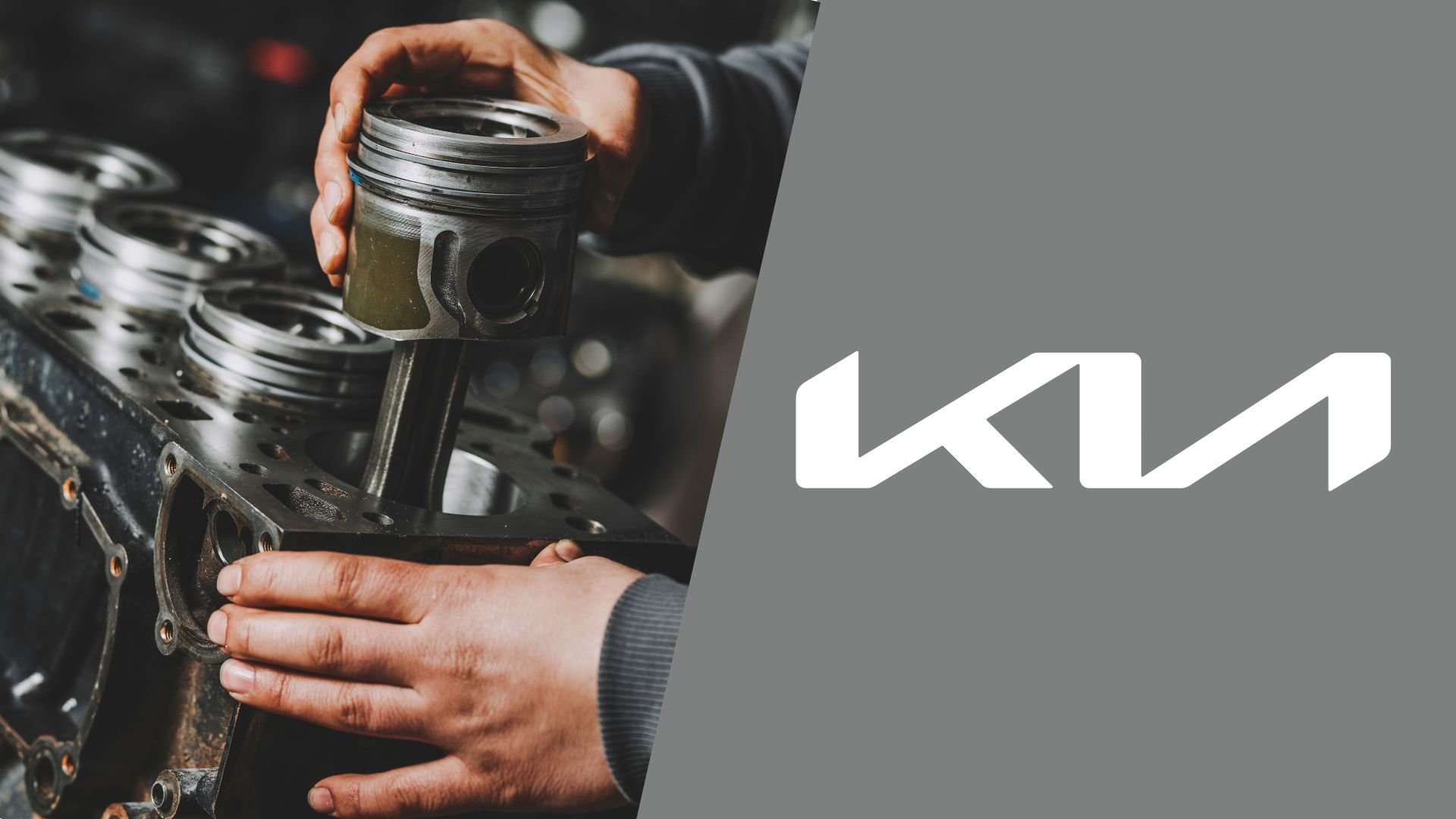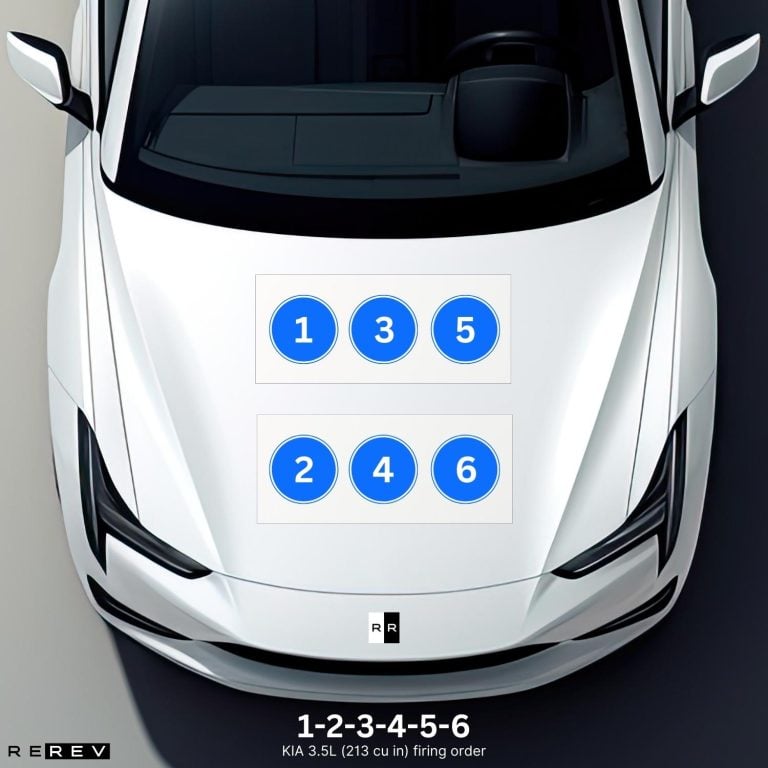KIA 3.5L (213 cu in) firing order — diagram & guide
Mastering engine efficiency with the KIA 3.5L firing order.

As a brand focusing on compact passenger cars, KIA always made reliable and long-lasting four-cylinder engines. However, things changed with the introduction of their 3.5-liter V6 back in the early 2000s and it’s one of the engines that stuck for the longest time in KIA’s lineup.
Even so, there are some common issues with the engine, and using the KIA 3.5L (213 cu in) firing order can help prevent those. So, if you are a DIY enthusiast and enjoy working on your engine yourself, this guide will give you all the right steps needed.
KIA 3.5L firing order
The most important thing to know is that the KIA 3.5L firing order is 1-2-3-4-5-6, and it’s the same firing order used for the Hyundai 3.5-liter engine. This is important since it’s basically the same engine shared by the two companies and it also makes things easier as you can’t go wrong and misplace the two firing orders.
It’s also a good thing that this sequence is so easy to remember, but it doesn’t mean that the engine’s cylinders go from 1 to 6 in that exact configuration. The firing order only refers to the firing position of each of the engine’s cylinders, so it’s important to learn about the cylinder positions within the engine as well.
KIA 3.5L cylinder diagram

When it comes to the cylinder layout of the 3.5-liter KIA engine, things are pretty simple – there are two engine cylinder banks both housing three cylinders each. The first cylinder can be found on the passenger’s side of the engine and it’s the upper-right cylinder of the engine.
Along with the first cylinder, cylinders 3 and 5 are also located in the upper bank and these spread from left to right. So, the first one is the upper cylinder toward the passenger’s side, and cylinder number 5 is the one toward the driver’s side, closest to the steering wheel.
The lower cylinder bank houses cylinders 2, 4, and 6 from left to right, so you should have an easy time figuring out the cylinder positions.
KIA 3.5L vehicle applications
So, now you should have a better understanding of the KIA 3.5-liter V6 engine, and the one thing we’ve yet to do is give you a list of all the models powered by it. Since the engine was not used exclusively by KIA, these are all the vehicles that it was equipped with from the factory:
- KIA Amanti
- KIA Sorento
- KIA Sedona
- Hyundai Santa Fe
- Hyundai Terracan
- Hyundai Grandeur
- Hyundai Dynasty
If you drive one of these vehicles produced from 1999 to 2007, the firing order 1-2-3-4-5-6 would be suitable.
Our take
Now that you know a bit more about this engine and its firing order, you can use what you’ve learned from this guide and use it to extend the life cycle of your powertrain.
On behalf of our team of experts, we’ve got one final piece of advice – just keep in mind the unique transverse placement of this engine when it comes to cylinder numbering.